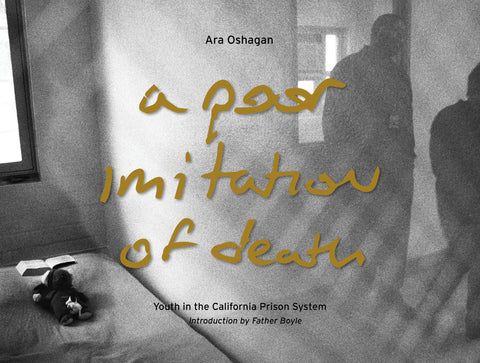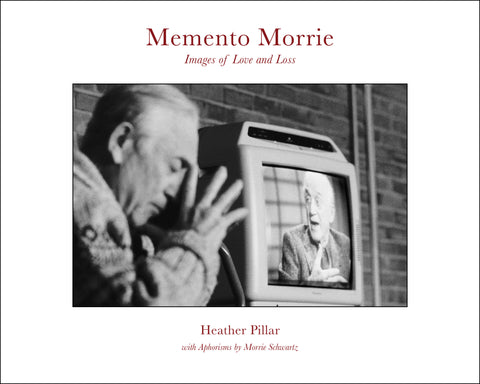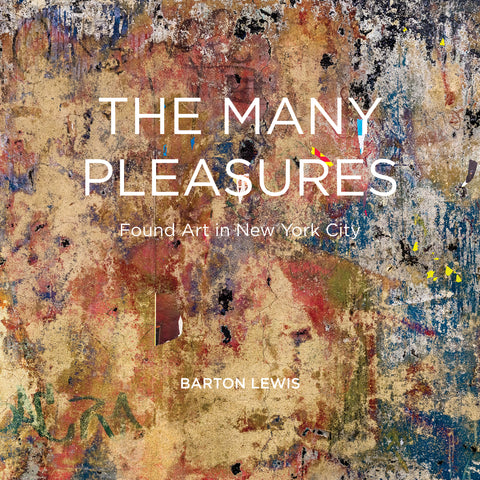A hundred years after the invention of the Lippman plate, whose colours and textures are suggested by the work of Jose Manuel Castrellón, it seems like photography has never been as free as it is today. Similar to the process that painting went through about a century ago, photography has been left behind by video and other forms of reality-recording; thus it is dismissed from any obligation to be objective. With this, it has acquired the intentional hue that it rarely possessed before. Now it is much less about the decisive instant (although its shadow shall linger for its entire existence) and much more about the narrative, expressive, exclaiming gesture. About the intention of that gesture, which rises from the need to express oneself.
Along with, and perhaps, in spite of all this, documentary photography is undergoing a new golden era. The paradox is only apparent as the discipline has also experienced profound changes in its intentional genesis – a late coming of age with regards to the (im)possibility of an expected objectivity. One needs only to remember photographers like Bernd and Hilla Becher (whose industrial structures Castrellon seems to evoke) or the American photographer Paul Shambroom to realize that, even when a documentary intention prevails, the discourse makes itself evident through a particular aesthetic formalization. Maybe our way of reading photography has also changed, but then again, in a world that produces millions of images on a daily basis, this was something inevitable and leads, invariably, to the spontaneous assignation of surreptitious meanings.
‘Zoned Out’, Panamanian photographer Jose Manuel Castrellón’s latest series, seems to adequately fall within these two lines, foundational pillars in the discourse of contemporary photography today. On one hand because it portrays but also tells, remembers but also inquires, describes but also suggests. There is a clear discursive intentionality related to the photographer’s background, Panama City’s history, the Canal Zone and of the people that used to live there. On the other, because in the portrayal of those lost paradises in the former Canal Zone, there is a way of approaching it that belongs only to the artist and to whoever sees it.
In a moment in which the Bienal de Art de Panamá has made the Canal Zone the subject of its 8thedition, it is encouraging to think that these sorts of proposals are fruitful in generating a dialogue that goes beyond the institution itself. In the same way, it is refreshing that contributions not generated from within that framework assist in the analytical process of a city whose typo- and morphological characteristics are in constant change, whether it is due to the outrageous amount of construction going on or whether it is because entire areas (such as the Zone, precisely) are in a stage in which their own identities are being revised.
With an incisive gaze, Castrellón portrays something that is not (there) anymore. These images draw the visual map of some of his memories making use of that lack of precision of recollections badly kept. Flat colours and able compositions generate an atmosphere of a certain melancholy in which the aforementioned intention is neatly outlined. In this case, that of observing a part of the city that now belongs to him but that has mutated, that is different, that perhaps is just a different city. This is also an exercise of place –and perhaps– memory appropriation in the construction process of his own identity, as a Panamanian, as a photographer.
A well-executed exercise, it is quite evident that Castrellón's insightful eye will continue to capture many other places trying to find, in each one of them, the right image through a gesture that intends to discover and take a stand.
‘Zoned Out’ is on view in DiabloRosso (Calle 48, Bella Vista, Panama City) until November 8th.








